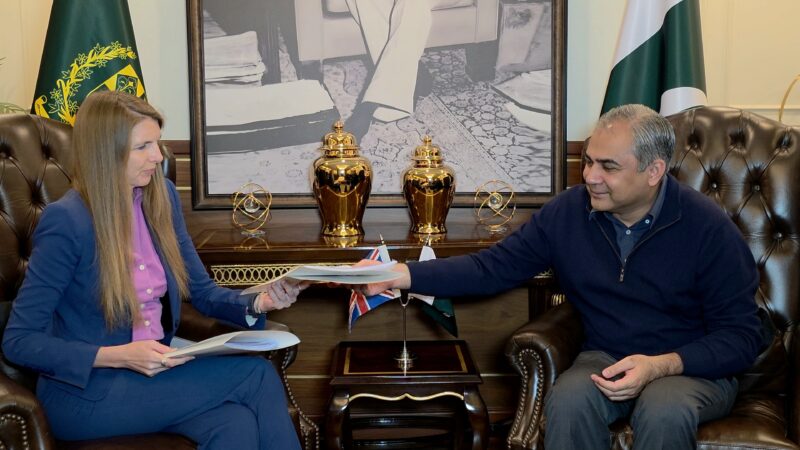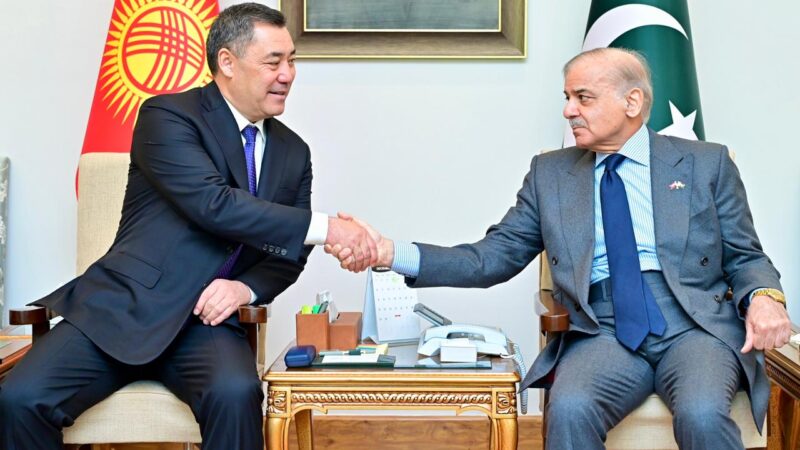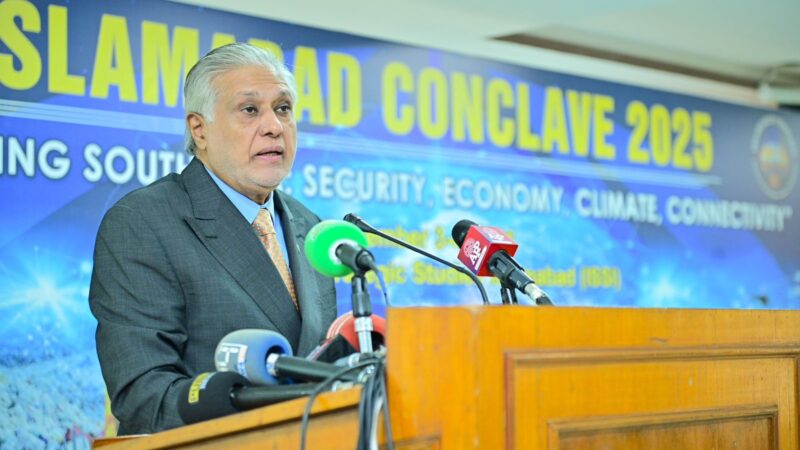By Khawaja Hamza
In the aftermath of the recent India-Pakistan conflict,assessments indicate a sharp escalation in the Balochistan Liberation Army’s (BLA) activities targeting the China-Pakistan Economic Corridor (CPEC), Chinese nationals, law enforcement agencies (LEAs), and critical infrastructure. The BLA, emboldened by regional instability, is actively planning high-profile sabotage operations designed to disrupt Pakistan’s strategic development initiatives in Balochistan.
Indian intelligence agency RAW continues to provide the BLA with robust support — including funding, intelligence sharing, cyber-propaganda, and the supply of advanced weaponry such as IEDs, sniper rifles, and UAV technologies. On-ground, BLA operatives are executing targeted assassinations, IED ambushes, and coordinated social media propaganda campaigns aimed at undermining CPEC and spreading anti-Pakistan and anti-China narratives.
The BLA maintains a three-tiered operational structure with regional commands in North, Central, and South Balochistan. These are further divided into smaller, agile operational cells. The group has an estimated 400 to 500 active fighters, supplemented by urban sleeper cells embedded within Quetta, Turbat, and Gwadar.
However, the group faces significant internal challenges: leadership struggles, funding gaps, and increasing rejection of violence by local Baloch communities. Despite this, RAW is pressuring BLA leadership to escalate attacks to exploit the post-conflict environment.
Pakistan’s Armed Forces have adopted a calibrated two-pronged response — combining intensified intelligence-based operations (IBOs) with preparedness for launching large-scale kinetic operations if the situation demands. Intelligence sharing and fusion between military and civilian agencies have been significantly strengthened.
In May 2025 alone, eleven major IBOs were conducted, effectively targeting and dismantling key BLA operational networks. Additionally, military planners are considering the initiation of a comprehensive counterterrorism campaign explicitly branded against the “Fitna ul Hindustan” should BLA activities escalate further.
Alongside the BLA threat, the resurgence of Tehrik-e-Taliban Pakistan (TTP) remains a top security priority. Cross-border coordination mechanisms are being enhanced to neutralize TTP elements attempting to destabilize the KPK-Balochistan border regions.
Simultaneously, the Pakistan Army, ISPR, and NACTA are driving a coordinated narrative campaign to expose and dismantle the BLA-TTP-RAW nexus, highlighting the external manipulation behind these terror networks.
Despite these challenges, Pakistan’s Armed Forces continue to maintain operational dominance, systematically neutralizing threats while safeguarding regional stability. Public resilience-building efforts and proactive narrative management remain central to countering Indian-sponsored propaganda and ensuring public trust in state institutions.
As the battle to secure CPEC and national sovereignty continues, Pakistan’s integrated civil-military approach is proving effective in confronting the multifaceted threats posed by militant proxies like the BLA and TTP.
India is eager for the TTP and Baloch insurgents to initiate operations in Punjab. However, no major incidents have occurred in Punjab, and several Fitna ul-Khawarij operatives have been arrested in various parts of the province. Furthermore, Baloch militants are targeting Punjabis to discourage them from working in Balochistan.
India is providing diplomatic and international support to Baloch militants, who, along with the TTP, serve as Indian proxies. These militants are also targeting Chinese interests, including Pakistani projects vital to the country’s economy.
Following the recent India-Pakistan conflict, India has increased its efforts to promote terrorism within Pakistan and target Pakistani and Chinese interests. Both the TTP and Baloch militants are working to engage Pakistan on both borders. India recognizes that stability in Balochistan would ensure the success of CPEC and attract international investment to Pakistan.
Following the commencement of CPEC Phase 2, India has become increasingly concerned and has activated its proxies in Balochistan and Afghanistan in an attempt to undermine the interests of China and Pakistan. However, it is anticipated that India’s efforts to damage the Pak-China friendship and CPEC will be unsuccessful. Furthermore, Balochistan is expected to remain an integral part of Pakistan, with all Indian attempts to create a law and order situation in the region being closely monitored. It is expected that Pakistani forces will soon convey a strong message to India. The year 2025 is anticipated to mark the end of terrorism, with Pakistan likely to achieve success in this endeavor due to the clear message conveyed by the Army Chief Asim Munir to India, terrorist organizations, the international community, and Pakistan’s business community. The Army Chief’s message emphasized that the presence of terrorism would deter international investment and hinder the success of CPEC.
Militants in Balochistan are also instilling fear within the provincial administration through targeted attacks. Currently, the Pakistani military is conducting successful Intelligence-Based Operations (IBOs) in Balochistan against Baloch militants. A full-fledged operation is not presently in the best interest of our forces, and Pakistan is also facing economic challenges. However, if a full-fledged operation becomes necessary, our forces will undoubtedly undertake it.
Writer is an Islamabad-based journalist, offers in-depth analysis on security, political, and foreign affairs, and can be contacted at hamzakhawaja793@gmail.com






